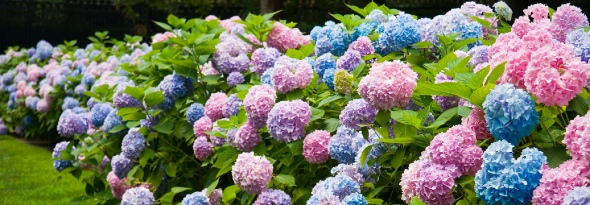
What Causes Hydrangeas to Change Colour?

Out of all the colourful flowers that we see, blue colours are considered rare. Blue hydrangeas might not look as astounding as the pink ones, but they surely are different and unique which makes them interesting. What makes hydrangeas even more interesting is the fact that they change colours. It is simply magical to see hydrangeas changing colour. At times, people are wonderstruck when they notice their hydrangeas changing colour. It is quite possible that you have bought a pink hydrangea plant and after planning it, the flowers might turn blue overnight. These abundant blooming beauties occurring in nature look bountiful and simply amazing.
But what if blue hydrangeas were not on your list?
So, what makes these flowers change their colour is the question. It is the acid present in the soil which makes the hydrangeas change colour. More the acid, stronger is the colour. For example: If the pH balance of your soil is below 6, then the flower turns blue. In alkaline soil with pH above 7, the flowers turn pink or red. In slightly acidic or neutral soil having pH balance between 6 to 7, the flowers may be of purple colour or you may also witness a combination of blue and pink on a single plant. In some plants, the sensitivity to pH balance may also vary. For instance, Ami Pasquier remains crimson almost all acidic soil but not in the most. Purple tiers don’t change colour.
Wondering what happens when you buy white hydrangeas?
Worry not, as these pristine white floral beauties don’t change colours despite variation in pH balance of the soil.
How to make hydrangeas change colour?
So if you wish to have different coloured blooms in your plant, there is a way of doing it. Just make the soil more acidic to get deeper colours like purple or blue. Sprinkle a half cup of garden sulphur over the soil beneath the hydrangea and add water to it. Use ground lime if you wish to make the soil more alkaline.
Types of Hydrangeas
Ami Pasquier

These are a crimson coloured flower and do not change colour unless the soil is too acidic. If the soil is too acidic the flower changes to purple colour. This is a Lacecap type of flower.
Ayesha
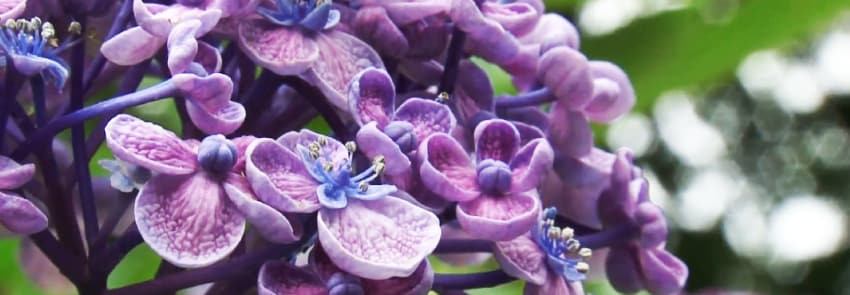
These blooms are very eye-catching due to their cupped petals. You will find these flowers in pastel colours like pink and blue. This is a mophead type flower.
Endless Summer
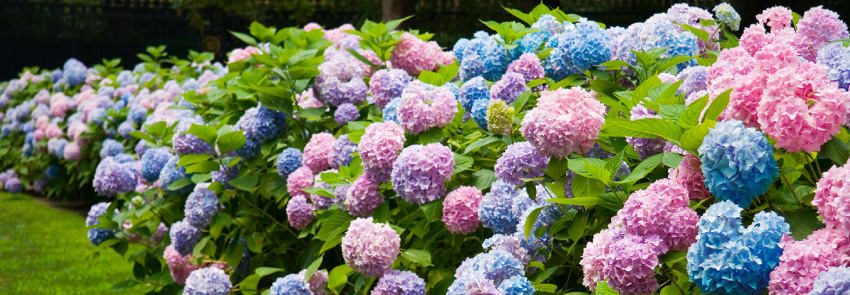
These flowers are repeat bloomers on old and new growth. The colours may vary from blue or pink. The flowers are mophead type.
Madame Emile Mouillere
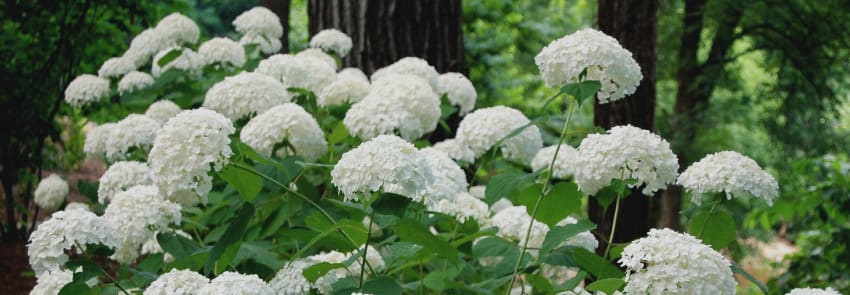
These hydrangeas are the best white mophead type flowers that rebloom.
Nikko Blue
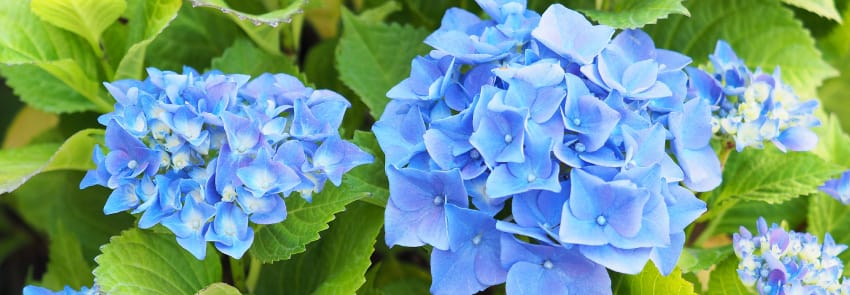
This is another superb type of flower that can be used in semi-shaded areas. These are showy flower clusters desired for splendid use. These flowers bloom on old wood. The plant when exposed to acidic soil produces blue flowers, and in more alkaline soil these flowers have a pink hue.
Purple Tiers
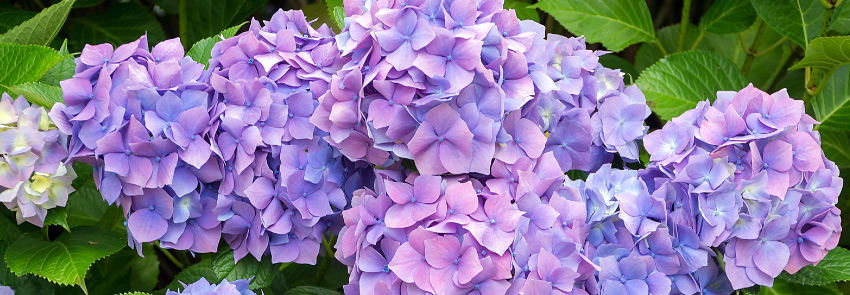
This is a beautiful compact shrub that features showy lacecaps producing lavender to blue double flowers from purple-red buds. The serrated leaves are tinged burgundy in the fall; a wonderful choice for the flower garden or border.
How to Make Cut Hydrangea Flowers Last Longer?
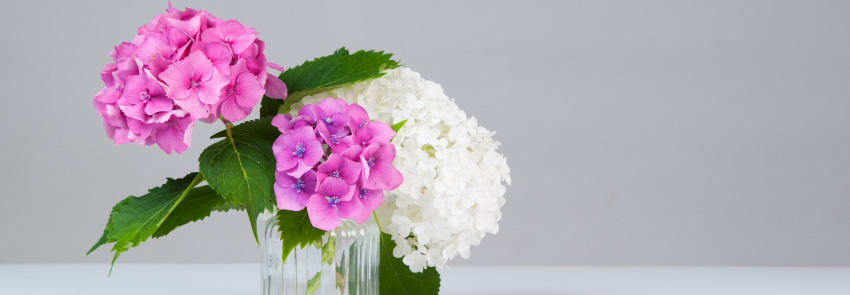
Hydrangeas look so distinguished and stunning that one would always want to add them to bouquets or flower vase. But witnessing the blooms wilt within a couple of hours after cutting might a spoiler. The best part is that you can always save yourself and your gorgeous blooms from such disaster.
Heres what you must do:
Put the stem in cool water immediately after cutting. Add approx 1 inch of boiling water into a container, and let it cool for a minute. Cut the stems as per the lengths you want. Submerge the bottom 1 inch of the stems in hot water for about 30 seconds. After this, transfer the stems to cool water, and you are good to go!
